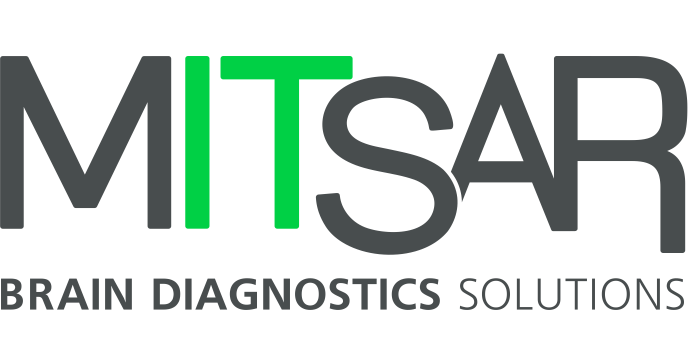WinEEG activation with code
WinEEG software requires proper license for EEG and/or ERP recordings and import of third-party files in EDF/EDF+ formats.WinEEG license can be deliverd on USB dongle or with activation code based on your device Serial Number (SN). You can request activation code from Mitsar support team or via your local represenative. Device SN is located on the back side of the amplifier box on its lable. WinEEG code setup procedure: Connect your Mitsar system to the computerRun WinEEG softwareGo to [...]
